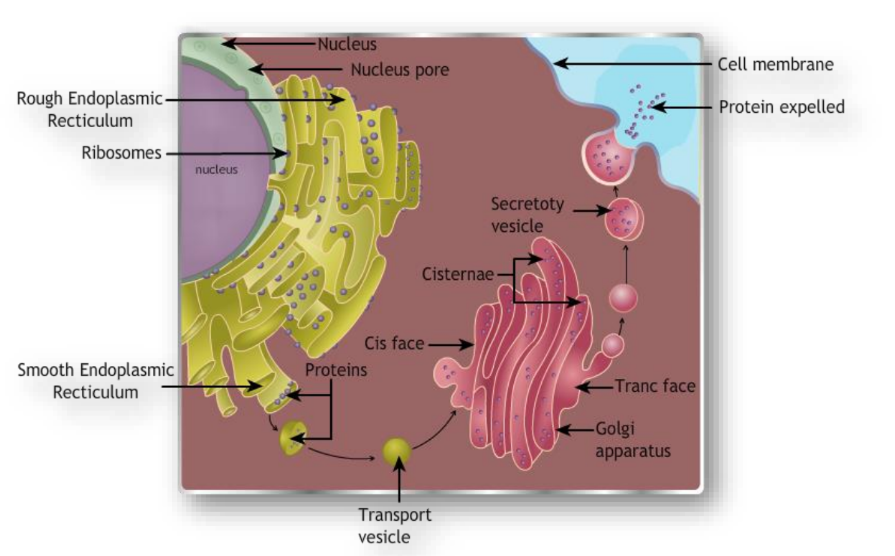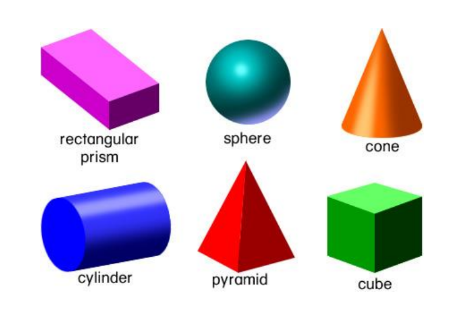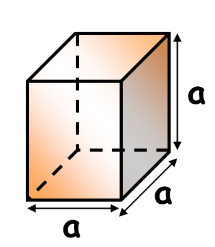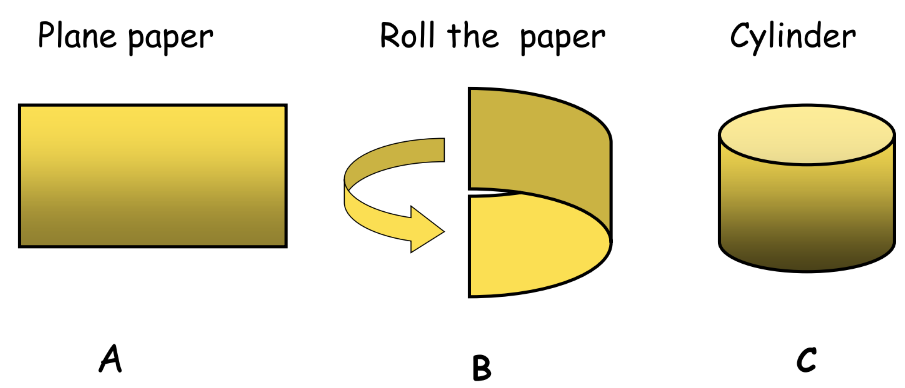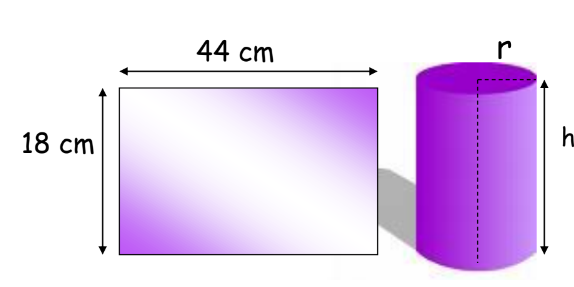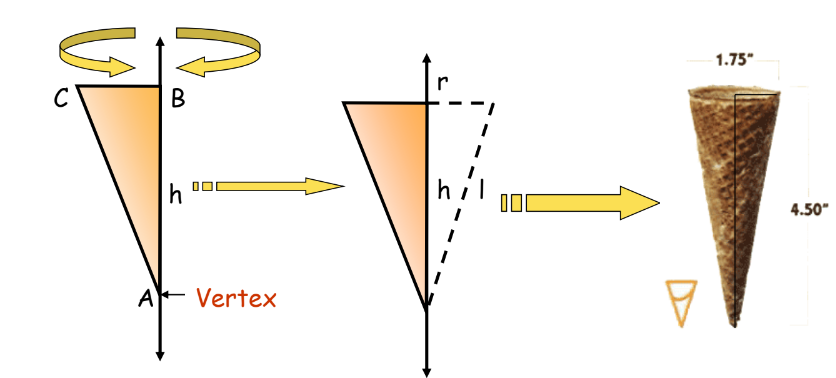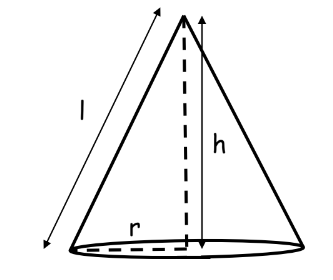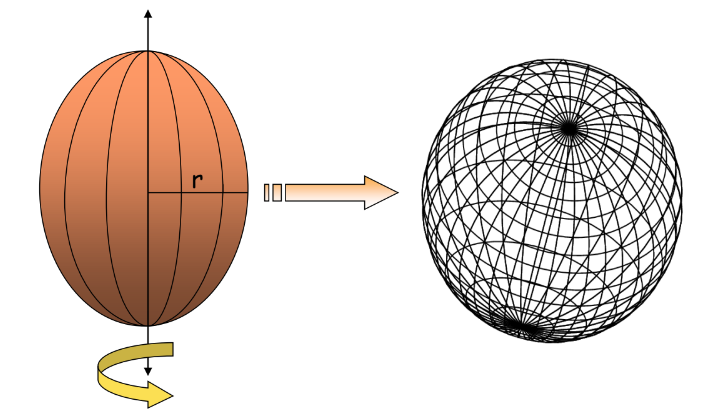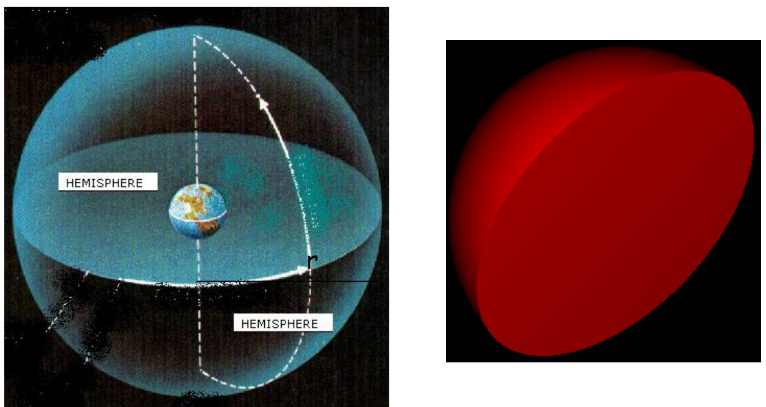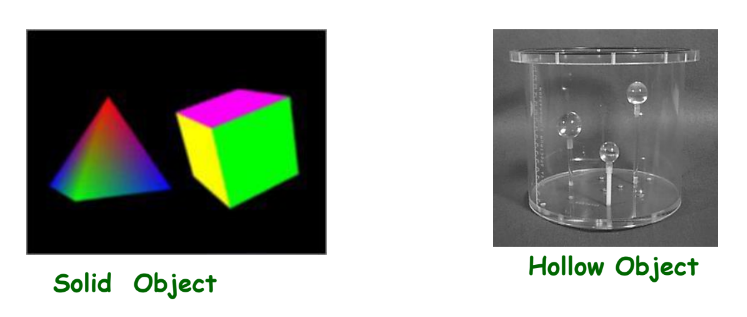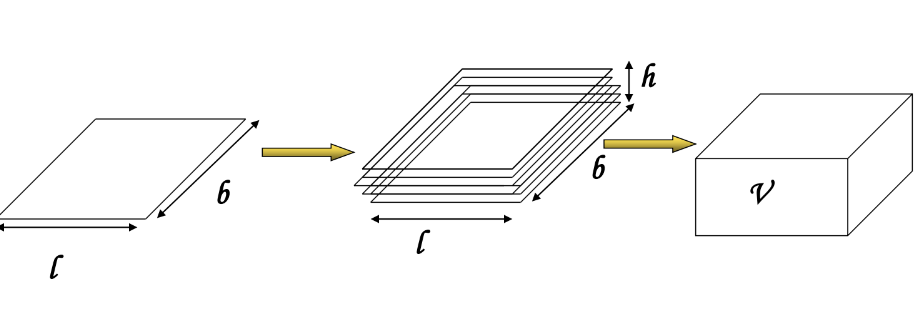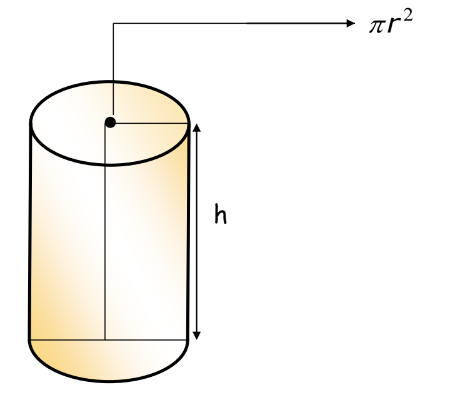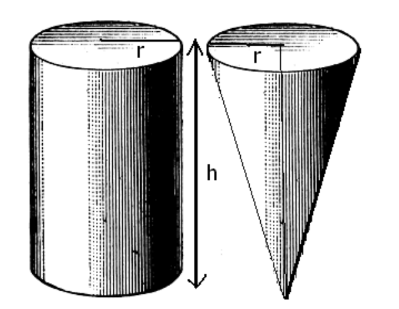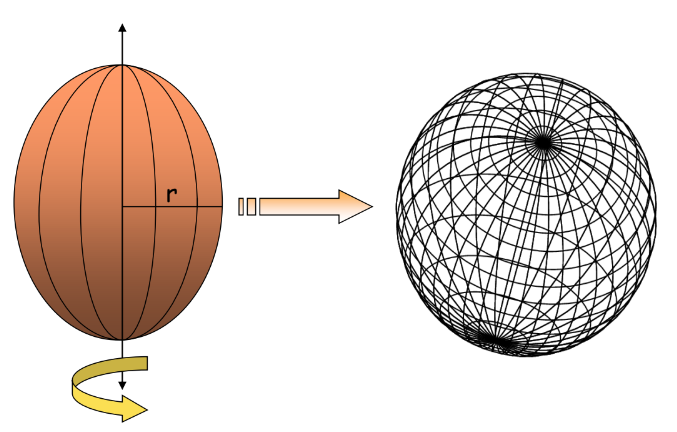Who Will Do This Work? Complete Guide for CBSE Class 5 EVS Chapter 16
Welcome to iPrep, your Learning Super App.
Our learning resources for the chapter “Who will do this Work?!” in EVS for Class 5th are designed to ensure you grasp this concept with clarity and perfection. Whether studying for an upcoming exam or strengthening your concepts, our engaging animated videos, practice questions, and notes offer the best-integrated learning with interesting explanations and examples.
Who Will Do This Work? Let’s Understand the Dignity of Labour
Have You Ever Wondered Who Keeps Your Surroundings Clean?
Have you seen people sweeping roads or cleaning toilets? Have you thought about who does this work and why? This chapter takes us on a journey to understand the lives of those who keep our surroundings clean and teaches us the value of every job.
A Conversation with Cleaning Staff: Who Will Do This Work?
Here’s an interview with someone who has been cleaning our streets for years:
- Q: Since when have you been doing this work?
- A: For about 20 years, since I completed my studies.
- Q: Why didn’t you study further to get another job?
- A: It needs money to study. Even after getting a degree, many in my community don’t get jobs other than cleaning.
- Q: What do you mean?
- Since our great grandfathers’ times… or even before that, most people of our community have been doing this work. Even after getting a college degree, our people do not get any other kind of job. So they have to do this work.
- Q: Why is that so?
- That is the way it is. In the entire city, all the people who do this kind of
work are from our community. It has always been so.
- That is the way it is. In the entire city, all the people who do this kind of
This conversation reveals a harsh reality—cleaning jobs often pass down through generations, with limited opportunities for change.
Think and Write:
Talk with people who do the cleaning job around your house and school.
- Since when have they been doing this work?
- How much have they studied?
- Have they tried to look for some other work?
- Did the elders in their family also do this work?
What If Nobody Did This Work?
Imagine if nobody cleared the garbage outside your house or school for a week. What would happen? The surroundings would stink, and diseases might spread. Cleaning is important. We should share the responsibility to keep our surroundings clean.

Cleaning helps maintain hygiene and beautifies our surroundings.
Activity: Think of Solutions
Design a machine or tool that could help reduce the effort of cleaning jobs. Draw and describe how it works.
Mahatma Gandhi’s Thoughts on Dignity of Labor

At Gandhiji’s Sabarmati Ashram, everyone was required to clean toilets and sweep the grounds. Gandhiji believed:
- All jobs, whether cleaning or teaching, are equally important.
- Working with one’s own hands builds self-respect and dignity.
Gandhiji believed that cleaning is a skill everyone should learn.
Reflection Questions
- What do you think about Gandhiji’s idea that everyone should clean?
- Would you clean if you were a guest at Gandhiji’s Ashram? Why or why not?
Children Like Us: Hetal and Meena’s Story
In a small school, Hetal and Meena, students of Class III, clean the toilets, classrooms and the ground on specific days. They have to carry twenty buckets of water for this, and then sweep and wash. All the children from their community do this. However, not all children in their school do the cleaning. Hetal said, “If we don’t do it, we are punished.”
This unfair practice shows how some work is assigned based on one’s background or community, which needs to change.
Think and Write:
- Who does the cleaning in your school? What all has to be cleaned?
- Do all children like you help in this? If yes, how?
- If all do not help, why not?
- Do the girls and boys do the same kinds of work
- Would you like to bring some change? What kind?
Let’s move on with our journey of the chapter Who Will Do This Work and learn about a childhood incident that motivated Dr. B.R. Ambedkar to work hard for social justice.
A Story of Change: Bhimrao Ambedkar’s Childhood
This story is almost a hundred years old. Seven-year-old Bhim went to Goregaon in Maharashtra with his father to spend his holidays. He saw a barber cutting the long hair of a rich farmer’s buffalo. He thought of his own long hair. He went to the barber and asked for a haircut. The barber replied, “If I cut your hair both my razor and I will get dirty.” Oh, so to cut human hair can be dirtier than cutting an animal’s hair, wondered little Bhim.
This incident stayed with Bhimrao. He grew up to become Dr. B.R. Ambedkar, a leader who fought for equality and played a crucial role in framing India’s Constitution.

Dr. B.R. Ambedkar, the architect of the Indian Constitution.
Think and Write:
- Have you faced discrimination? How did it make you feel?
- What would you say to someone who you see treating others unfairly?
What We Can Do to Bring Change
To create a fairer world:
- Treat every job with respect – whether it’s cleaning or managing a company.
- Help cleaning staff by keeping your surroundings tidy.
- Encourage everyone to share cleaning responsibilities at home, school, and work.
Activity: Role Play
- Act out a scenario where everyone in your class takes turns cleaning the classroom.
- Discuss how you feel after doing this work.
Discussion Questions:
- What do these lines mean to you?
- How can you help reduce the difficulties faced by cleaning staff?
What We’ve Learned: Who Will Do This Work
- Cleaning is vital and deserves respect.
- Everyone, regardless of their background, should learn to do all kinds of work.
- Discrimination and unfair treatment should be replaced with kindness and equality.
Let’s work together to make the world cleaner, kinder, and more equal for everyone!
To read the NCERT text of Who will do this Work?, click here.
To read our notes for the previous chapter, Blow Hot, Blow Cold, click here.
Practice questions on Chapter 16 - Who will do this Work
Get your free Chapter 16 - Who will do this Work practice quiz of 20+ questions & detailed solutions
Practice Now













